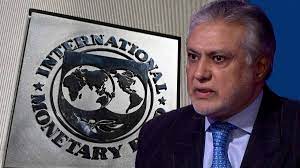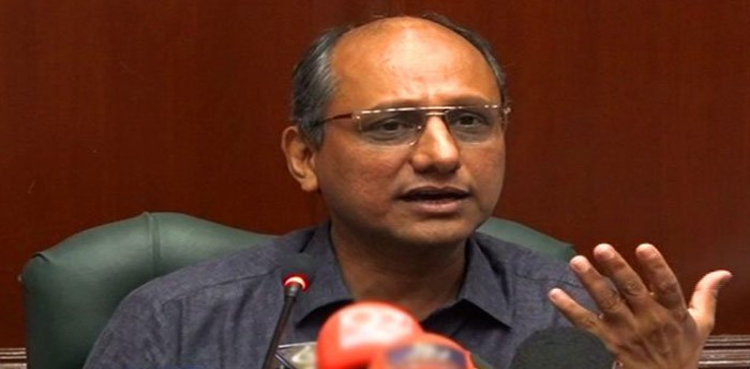ISLAMABAD: Experts have indicated that if the lockdown for COVID-19 pandemic is extended, perishable food items, followed by the staple food item, may not reach the super markets.
Pakistan Institute of Development Economics (PIDE), the Planning Commission’s think-tank, released its report on Wednesday titled “Food Prices Post COVID-19 Outbreak: The Case of Punjab” which looks into the factors that impact food security.
“If the COVID-19 pandemic does not last for too long, it is believed that there will have no major shortage of staple foods. If, however, the situation prolongs, then it will impact perishable food items first and then the staple foods. Perishable food items are plucked, packed and shipped daily, which demands continuity of farm labour supply and human-to-human interaction,” the report says.
The report goes on to say that it is vital to keep an eye on the food situation in the country in the middle of this pandemic. There have been reports of some panic-buying and disruptions in logistics. Here we will begin to review the food situation. We present some idea of prices and availability.
The bulletin grouped different food items into four major categories: grain, fruits, vegetables and pulses. The price trends for these four groups are plotted for March by collecting daily price data from 10 major markets of Punjab. Since daily price data for all provinces are not available, analysis has to be limited only to Punjab.
Prices of rice and wheat remained stable with slight variation over the 31-day time period, implying that COVID-19 had no major impact on grain prices yet.
Prices of moong and masoor have increased by 8 per cent and 53 per cent, respectively. It is mainly due to the increase in demand as pulses are easy to store for a longer period. The price of maash shows a 6 per cent decline, but that has taken place only during the last two days of the study period.
In contrast, prices of broiler chicken have declined between 14 to 24 per cent in three major markets of Punjab, namely Rawalpindi, Lahore and Faisalabad, mainly due to the dwindling demands.
Prices of six most commonly consumed vegetables: potato, tomato, onion, cabbage, bottle gourd and brinjal have also declined due to low consumption. Their price trends depict that most of the vegetable prices (except potato) have declined in the range of 4 per cent to 61 per cent.
A major contribution to the price decline is of the production cycle as it can be observed that the declining trend starts before the lockdown period.
Strawberry, guava, apples, banana and orange, show a mixed trend. Highly increasing and decreasing price trends are observed in orange (34 per cent) and strawberry (47 per cent), respectively. Along with the effect of the production cycle, promotion of oranges as a means of improving immunity to counter COVID-19 infection can be a factor in increasing demand for the fruit. The prices of bananas and guava are just 3 per cent to 5 per cent, which can be attributed to the routine fluctuations.
Available data suggests that the COVID-19 outbreak has not impacted the food prices yet, except for some impacts on the prices of pulses. It is, however, too early to make any conclusions. The possible spread of the coronavirus to the rural areas and widening lockdowns may disrupt distribution channels affecting the food prices.
Extended lockdown will affect every stage of the food supply chain especially inputs (certified seed, pesticide and fertilizer) and distribution. Shortage of labour supply could seriously hurt plantation and harvesting of new vegetables and staple crops, the report concludes.
















































